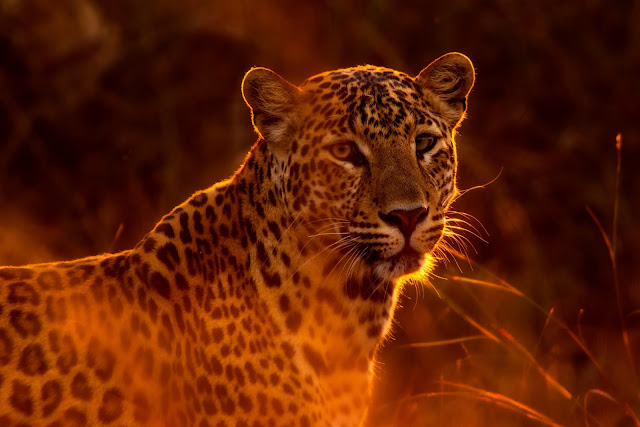8 Tips to Taking Great Wildlife Photography
As we venture towards winter, our school holidays and weekend getaways tend to take a u-turn at the beach, and head back inland to the bush. Here’s how to make sure you’re taking the best wildlife pics when you’re there.
There’s nothing quite like driving through the mist on a chilly morning game drive, and filling your nights with fireplaces and bush braais. And, of course, it gives you the chance to flex your wildlife photography skills. Snapping pics of our incredible animals isn’t always the easiest thing to do (shout out to Nat Geo photographers), but there are ways to improve your skills. Follow these wildlife photography tips:
Most cameras have a 'low light,' or 'sunset' function – and the minutes after the sun sets can be the best time to get wonderful, colourful sky, silhouette shots. On a digital SLR-camera, select your exposure on the brightest part of the picture, focus on the animal and take the shot.
There’s nothing quite like driving through the mist on a chilly morning game drive, and filling your nights with fireplaces and bush braais. And, of course, it gives you the chance to flex your wildlife photography skills. Snapping pics of our incredible animals isn’t always the easiest thing to do (shout out to Nat Geo photographers), but there are ways to improve your skills. Follow these wildlife photography tips:



Comments
Post a Comment